
Ingredient
Thyme, dry
The Essence of Thyme: A Versatile Herb
Thyme is a small, aromatic herb with tiny leaves and a woody stem. It has a grayish-green color and a strong fragrance. The flavor of thyme is earthy and slightly minty, with hints of lemon and pine. The herb has a dry and brittle texture, and when crushed, it releases its essential oils, intensifying its aroma and taste.
Origins and history
Thyme has been used for centuries in Mediterranean and Middle Eastern cuisines. It was highly valued by the ancient Egyptians, Greeks, and Romans for its medicinal properties and culinary uses. Thyme was believed to have healing powers and was used to treat various ailments. Today, it is widely cultivated and used in cuisines around the world.
Nutritional information
Thyme is low in calories and a good source of vitamin C and vitamin A. It also contains minerals such as iron, calcium, and manganese. The herb is rich in antioxidants and has antimicrobial properties. Its essential oils have been used in traditional medicine for their potential health benefits.
Allergens
Thyme may cause allergic reactions in some individuals, particularly those who are allergic to other plants in the mint family, such as basil or oregano. It should be used with caution by individuals with allergies or sensitivities to these plants.
How to select
When selecting dried thyme, look for a product that is vibrant green in color and has a strong aroma. Avoid thyme that appears dull or has a faded color, as it may indicate poor quality or loss of flavor. Opt for reputable brands or sources to ensure the best quality.
Storage recommendations
To maintain the flavor and potency of dried thyme, store it in an airtight container in a cool, dark place, away from direct sunlight and moisture. Proper storage will help preserve its essential oils and prevent it from losing its flavor.
How to produce
Thyme can be easily grown in a home garden or in pots. It thrives in well-drained soil and requires full sun to partial shade. The herb can be propagated from seeds or cuttings, and it is relatively low-maintenance. Regular pruning will help promote bushier growth and ensure a fresh supply of thyme.
Preparation tips
Dried thyme is a versatile herb that can be used in a variety of dishes. It is commonly used in soups, stews, marinades, and sauces. It pairs well with meats, poultry, fish, and vegetables. Thyme is also a key ingredient in classic dishes like roasted chicken, ratatouille, and herbes de Provence. Additionally, it can be used to infuse oils, vinegars, and teas.
Availability
Thyme is a widely available herb that can be found in most grocery stores, supermarkets, and farmers markets. It is cultivated in many regions around the world, including Europe, North America, and Asia.
More ingredients from this category » Browse all

Fennel, dry
The Fragrant Spice of the Mediterranean

Angelica, dry
The Heavenly Herb: Unveiling the Secrets of Dry Angelica

Marjoram, dry
Discovering the Aromatic Delights of Dry Marjoram

Lavender, dry
The Fragrant Herb: Lavender

Wintergreen leaves, dry
Nature's Minty Delight

Sage, dry
The Timeless Herb: Unveiling the Versatility of Dry Sage

Woodruff, dry
The Fragrant Herb: Unveiling the Secrets of Dry Woodruff

Tansy and related species, dry
The Golden Herb of Ancient Times

Hyssop, dry
The Aromatic Herb: Unveiling the Secrets of Dry Hyssop

Balm leaves, dry
The Soothing Herb: Balm Leaves

Borage, dry
The Vibrant Herb of Delight

Basil, dry
The Fragrant Herb: Dried Basil
Recipes using Thyme, dry » Browse all

Haute Konkonte Delight
Savory Konkonte Medley with a Haute Twist
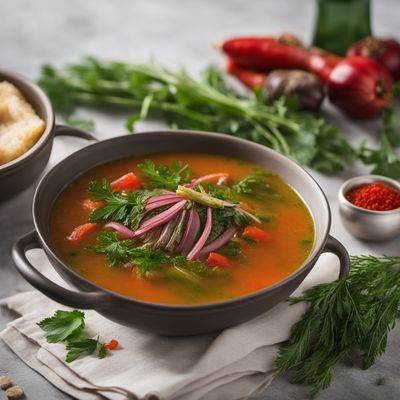
Moldovan-inspired Eshkeneh Soup
Savory Moldovan Spinach and Herb Soup
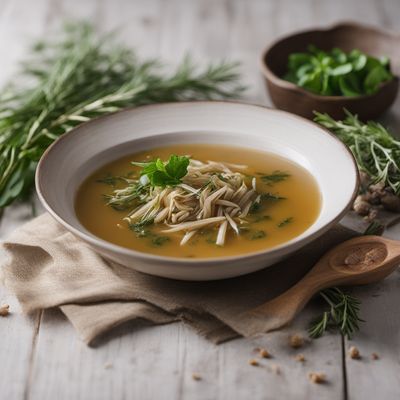
Corsican-inspired Ewedu Soup
Mediterranean Delight: Corsican-inspired Ewedu Soup

Tripas aos Molhos
Savory Portuguese Tripe Stew

Stunggis with Swiss Cheese and Potatoes
Cheesy Swiss Delight: Stunggis with a Potato Twist
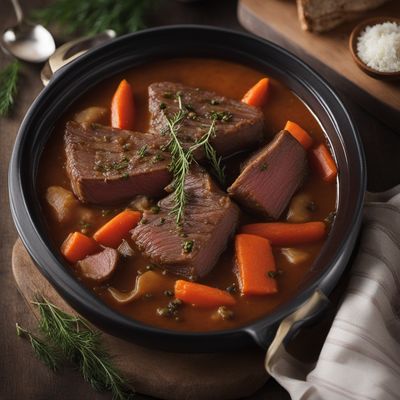
Swiss Alpine Bruckfleisch Stew
Hearty Swiss Alpine Stew: Bruckfleisch Delight

Croatian Teletina Žgvacet (Braised Veal Stew)
Hearty Croatian Veal Stew: A Taste of Tradition

New Orleans-style Red Beans and Rice
Creole Comfort: New Orleans Red Beans and Rice
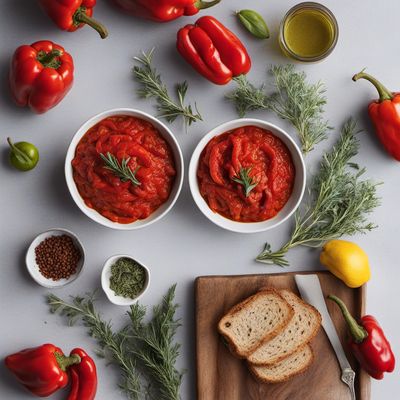
Dorset-style Roasted Red Pepper Relish
Savory Delight: Dorset's Roasted Red Pepper Relish
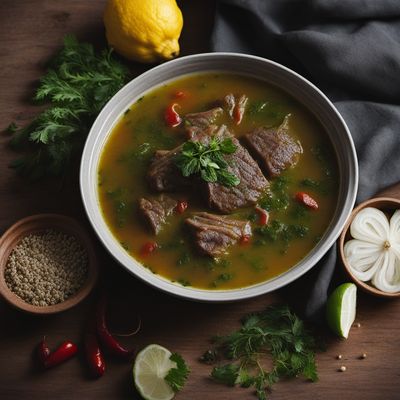
Albanian Paçe Koke Soup
Savory Delight: Albanian Paçe Koke Soup

Calamari Basquaise
Savory Delight: Calamari Basquaise - A Taste of French Coastal Cuisine

Italian-style Braised Kidneys
Tender and Flavorful: Italian-style Braised Kidneys